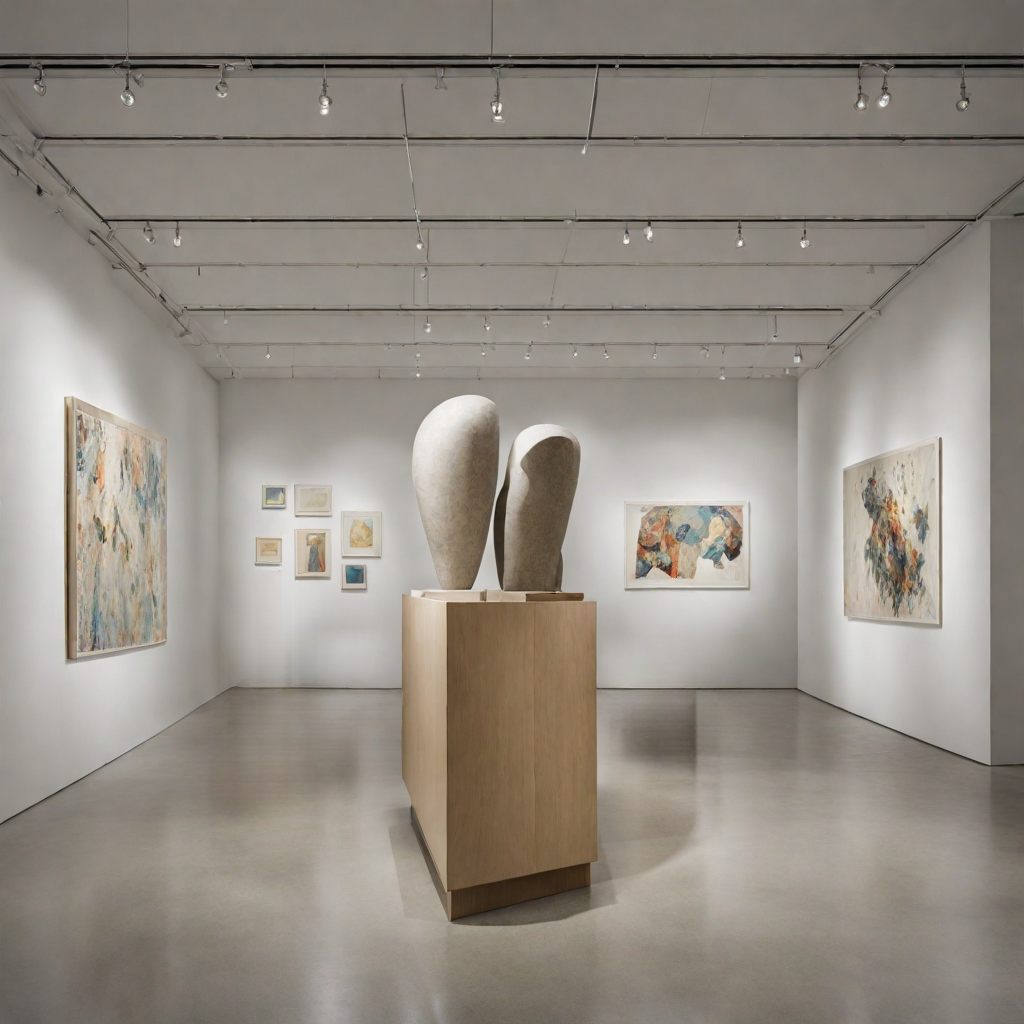The process of moving sculpture art can pose significant challenges, particularly when handling heavy and fragile artworks. Achieving the safe transportation of such pieces necessitates meticulous planning, a keen focus on particulars, and the utilization of appropriate methods and equipment.
Moving Sculpture Art: Key Steps
Moving sculpture art often involves managing considerable weight. It's vital to assess the sculpture's weight before transportation. Depending on its size and weight, specialized equipment and trained professionals may be necessary to ensure a secure move.
Choosing the Right Orientation
When preparing to move sculpture art, one of the initial and crucial decisions to be made involves determining the sculpture's optimal orientation for transportation. Many statues and sculptures, in particular, should be transported in a vertical position to ensure their stability during transit and to prevent potential damage to their structural integrity. Moving sculpture art in a vertical position minimizes the risks associated with imbalances and undue stress on the structure. It allows for the even distribution of the sculpture's weight along its vertical axis, reducing the likelihood of warping, bending, or deformation during transit. However, if the structure of the sculpture allows it to be transported on its side, artwork can be packed and moved horizontally, but this should be confirmed by art handlers managing the move.
Cushioning and Protection
Sculptures, especially delicate and valuable ones, demand meticulous care and protection during transportation. Proper cushioning and safeguarding measures are essential to ensure their safety throughout the journey. Utilizing high-quality foam padding is an effective way to shield sculptures from shocks and vibrations. This soft but resilient material acts as a buffer, absorbing any impacts or jolts. Non-acid bubble wrap is another valuable tool in the protection of sculptures. It provides an extra layer of cushioning, helping absorb shocks and prevent any direct contact between the artwork and external surfaces. However, this material should be used carefully.
Securing for Transit
When packing and crating sculptures, it's crucial to secure the artwork to its base or support within the crate. This prevents any shifting or movement during transit, reducing the risk of damage. Straps, restraints, or custom-fitted foam inserts can help achieve this added level of security.
The success of moving sculpture art depends on careful planning, assessing the artwork's weight, choosing the right orientation, providing adequate cushioning, and securing the piece for a safe journey.
